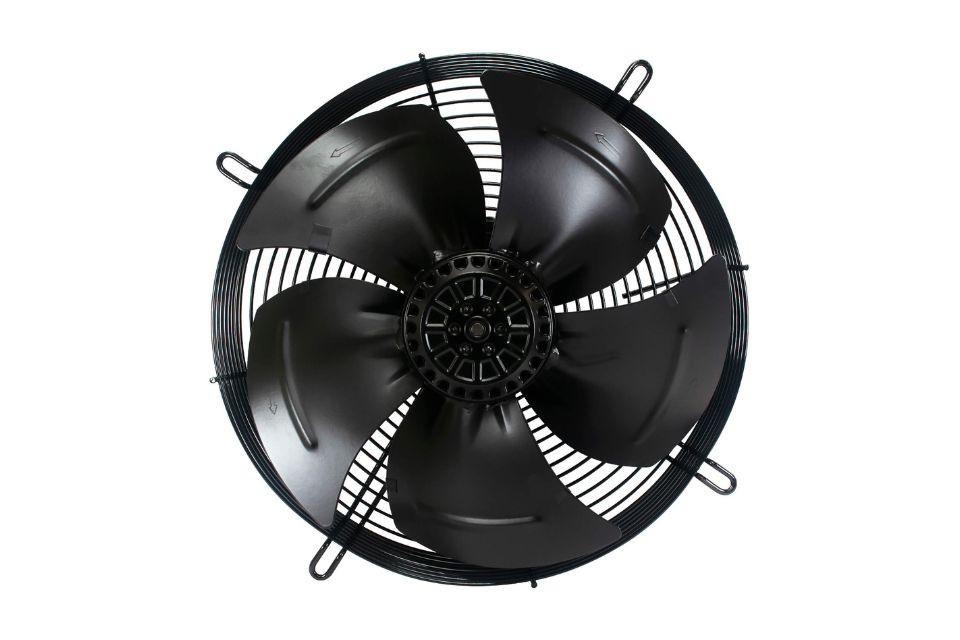
All You Need to Know About Axial Fan Motor
When it comes to electronics or machinery, one component that is often overlooked is the axial fan motor. An axial fan motor plays a crucial role in ensuring the proper functioning of the machinery. It goes without saying that a faulty axial fan motor can result in a premature breakdown of the machinery or device it powers. In this blog post, we’ll be giving you an in-depth look at axial fan motors, how they work, their applications, and the different types of axial fan motors available in the market.
Before we delve into the types of axial fan motors, let’s understand what they are and how they work. An axial fan motor is a type of electric motor that is designed specifically for axial fans. It converts electrical energy into mechanical energy to power the axial fan. Axial fans work by pulling air from one end and pushing it out through the other. The axial fan motor drives the axial fan blades to draw in air and then push it out. This design makes axial fans suitable for applications where large volumes of air need to be moved in one direction.
Now that we have a basic understanding of what axial fan motors are and how they work, let’s take a look at their applications. Axial fans are used in a wide range of applications, including HVAC systems, electronics cooling, and industrial processes. In HVAC systems, axial fans are used to cool air handling units, condensers, and refrigeration units. In electronics, axial fans are used to cool servers, computers, and other electronic devices. In industrial processes, axial fans aid in the ventilation of manufacturing plants and the movement of gases in chemical processes.
Having understood the basics and applications of axial fan motors, let’s move on to the types of axial fan motors available in the market. There are two primary types of axial fan motors: shaded pole motors and permanent split capacitor (PSC) motors. Shaded pole motors are simple and inexpensive, making them ideal for applications where cost is a considerable factor. However, shaded pole motors are less efficient than PSC motors and are not suitable for applications that require continuous operation. PSC motors, on the other hand, are more efficient, have higher power ratings, and are designed for continuous operation. They are more expensive than shaded pole motors but are ideal for applications where reliability is paramount.
In conclusion, axial fan motors play a crucial role in ensuring the proper functioning of machinery and equipment. They are used in a wide range of applications, from cooling electronic devices to ventilating manufacturing plants. Choosing the right axial fan motor for your application is crucial, as failure to do so can result in breakdowns and costly repairs. We hope this blog post has helped you gain a better understanding of axial fan motors, their applications, and the different types available in the market.

.png)